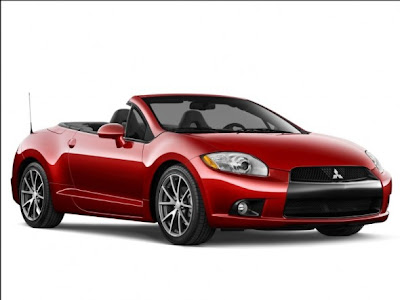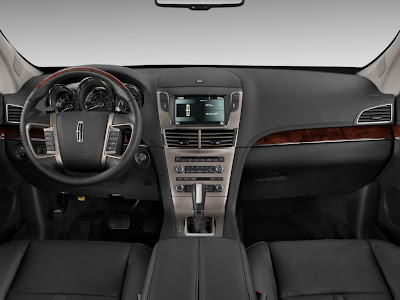Milan, 18th February 2011 – Pagani Automobili and Pirelli consolidate their technical partnership which began in 2006 with Huayra, the new supercar from the Modena manufacturers on P Zero tyres and which blends sports performance with elegance. The world preview of the 2011 vehicle, signed off by Horacio Pagani, took place today at the classic Pirelli plant at Bicocca, where the European Huayra launch tour will start. The showdown that took place in the heart of Pirelli’s Research and Development group involved
Horacio Pagani, chairman and founder of Pagani Automobili, and Francesco Gori, CEO of Pirelli Tyre.
The Huayra project began in 2003 and the achievement is the direct result of the collaboration of almost every world expert in the automotive sector, who helped create an entirely new vehicle in terms of form, dynamic, dimensions and technologies used. The Pagani experts, the Mercedes Benz-AMG motor engineers and Pirelli researchers have studied each and every detail to bring Horacio Pagani’s idea to life: an elegant, powerful car

with a focus on reducing environmental impact; a car not in contrast with the air, but rather supporting it, becoming a part of it. In this project, a key role was played by the tyres which had to guarantee progression, grip and low rolling coefficient as well as meeting particularly severe safety standards, thereby granting maximum stability to a high performance vehicle with a rear engine. To this end, the Pirelli engineers developed innovative solutions for the P Zero destined for used on the Pagani car: optimising the structure to maximise contact patch and improve lateral behaviour. The materials used are also innovative: a two-component compound that increases both grip and rolling efficiency.

The first collaboration between Pirelli and Pagani dates back to 2005, but it was in 2007 that the relationship between the two brands really strengthened, when Pagani beat the speed record on the Nürburgring circuit for the first time, in partnership with Pirelli. The second and last record dates back to last summer, when the Pagani Zonda R travelled 20.83 km in just 6 minutes and 47 seconds, wearing Pirelli P Zero Slick tyres (measuring 265/645-19TL, 325/705-20TL) that had been specifically designed for Zonda R and that were derived from a combination of designs and the use of innovative Motorsport materials.
Huayra consists of more than 4000 parts, in addition to engine and gearbox, which are all assembled individually. Compared with the Zonda, Huayra’s driving position is 40mm further back and has an even more spacious driving compartment. The soft, immediate silhouette becomes sleek and streamlined, with lines that have a clear start and finish. The engine is a Mercedes-Benz AMG twinturbo with more than 700 HP and 1000 Nm torque, optimised in terms of CO2 emissions and consumption, which is integrated with the vehicle, giving the sensation that inspired Pagani research: that of an aeroplane taking off.
To strengthen and enhance the characteristics of the new Pagani, Pirelli Research developed tyres with compounds and solutions that reduce rolling resistance whilst boosting performance characteristics, both in terms of safety and driving pleasure. In addition, these tyres have a reduced environmental impact. Huayra wears the P Zero measuring 255/35ZR19 (96Y)XL P Zero and 335/30ZR20 (104Y) P Zero. The underlying technology is that already used on other P Zero sizes and now boasts almost 200 official approvals as original equipment. This means peak performance is guaranteed for such an extreme sports vehicle, without, however, affecting safety, which must always be guaranteed, both for road and track use and in the wet. Pirelli uses a new two-compound solution for the rear, which allows lateral grip to be maintained to the full, along with stability, even at very high speeds indeed, increasing driving precision and eliminating deterioration even from the front. Pirelli has also used a new production process (already used for the slicks of the Zonda R), which guarantees maximum precision in the assembly of the various tyre parts




























































